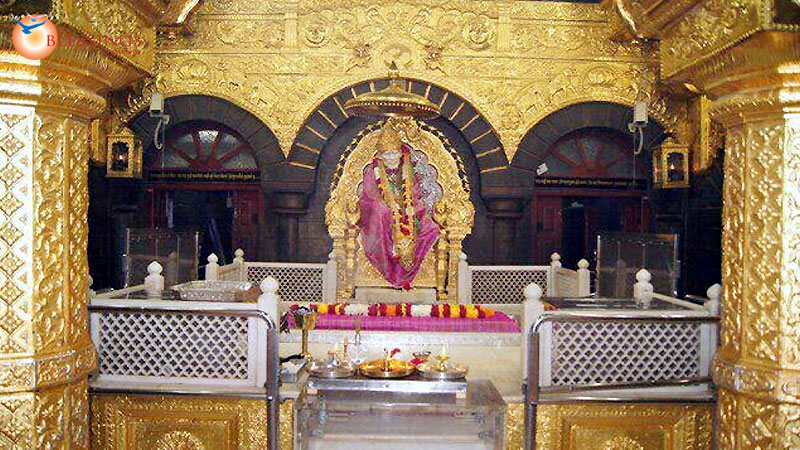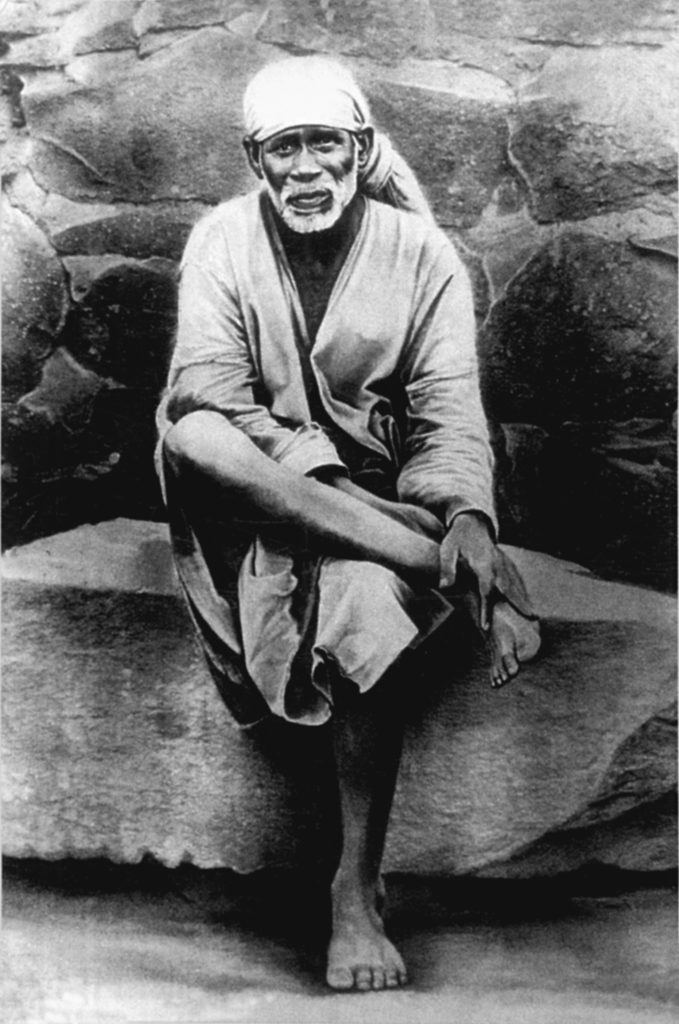


In the 1960s and after, riding a wave of popularity in the West he became a celebrated global guru, often providing solace through his twice daily darshan (sacred sighting) to the tens of thousands of devotees, interacting with them, magically manifesting healing vibhuti ( sacred ash) or talisman for those who sought his blessings. In 1940, he declared himself an "avatar," or reincarnation, of another Hindu holy man called the Sai Baba of Shirdi, a town in the western Indian state of Maharashtra who had died in 1918. Born Sathya Narayana Raju to a poor peasant family on November 2, 1926, he became a nationally recognized guru and mystic who counted leading Indian politicians, sports figures and media celebrities as well as the poorest among his devotees.

“Shri Sathya Sai Baba’s life was extraordinary by any description. And today, she sent us all an email about his life and death, and has kindly given me permission to quote from it here: (Just google “Death of Sai Baba” and you will see.) Professor Tulasi Srinivas of Emerson College here in Boston just published a fine scholarly study of the movement surrounding Sai Baba, Winged Faith: Rethinking Globalization and Religious Pluralism through the Sathya Sai Movement(Columbia University Press). The accounts of his death are many in the Indian press, and will increase as the day of his funeral, a state affair, approaches. On Easter Sunday, Sri Sathya Sai Baba (1926-2011) died in India at aged 85.


 0 kommentar(er)
0 kommentar(er)
